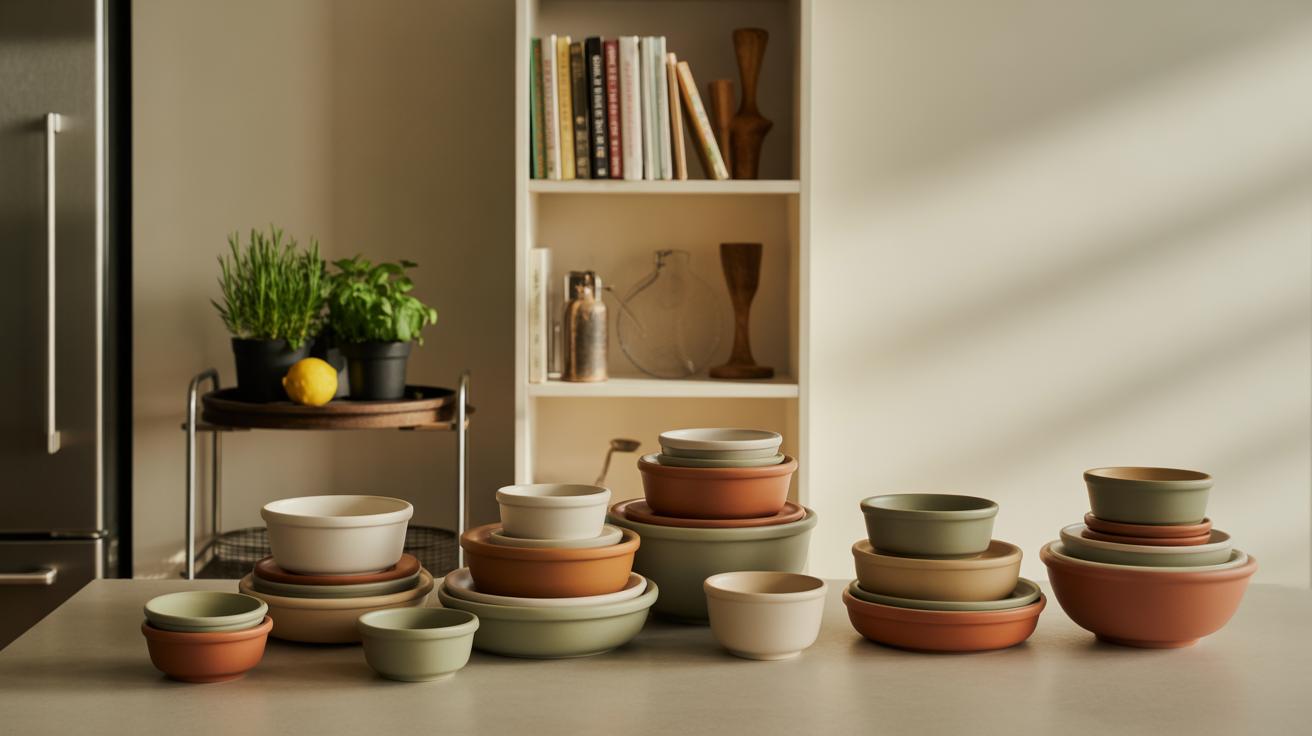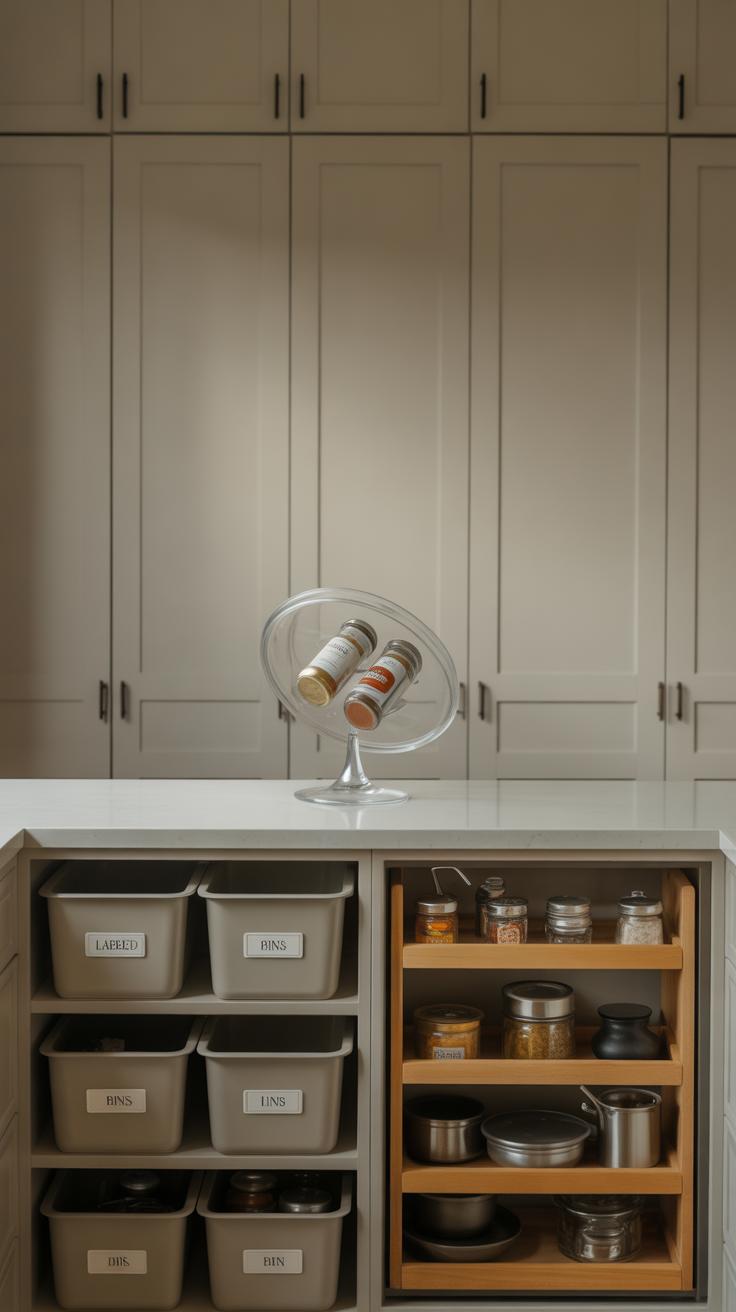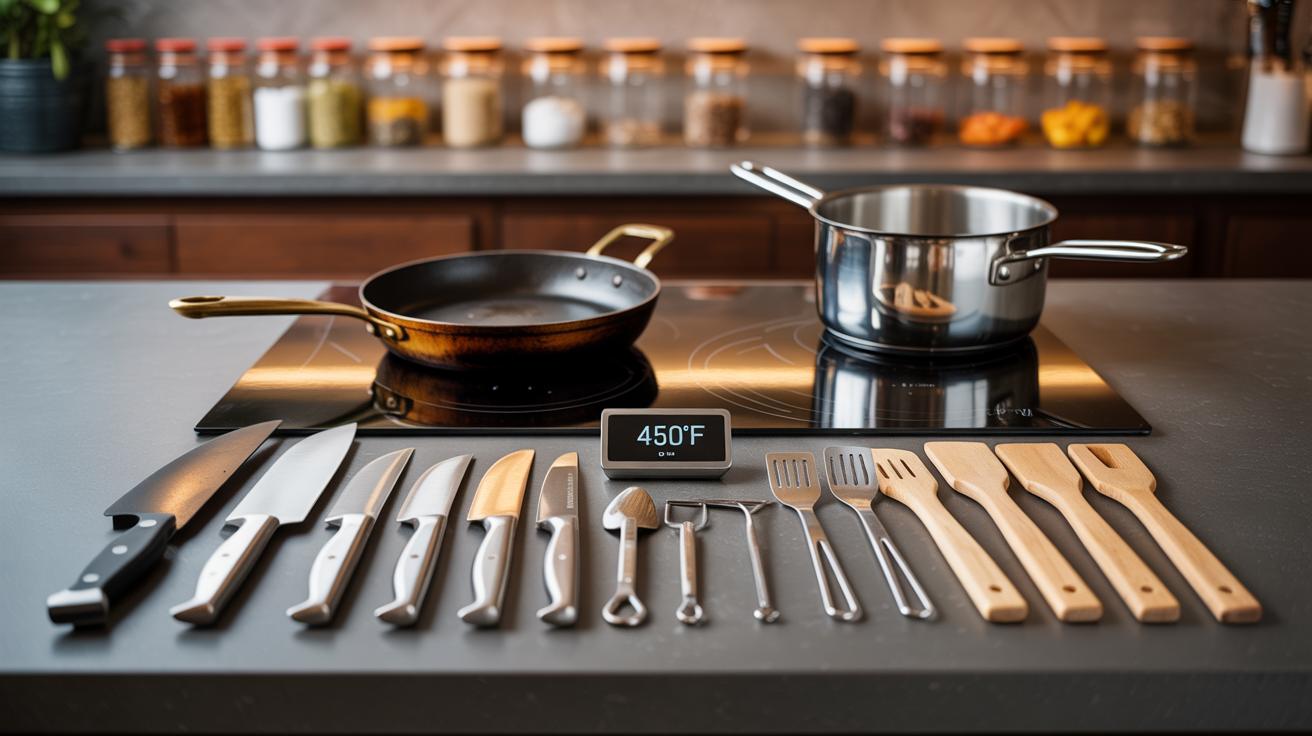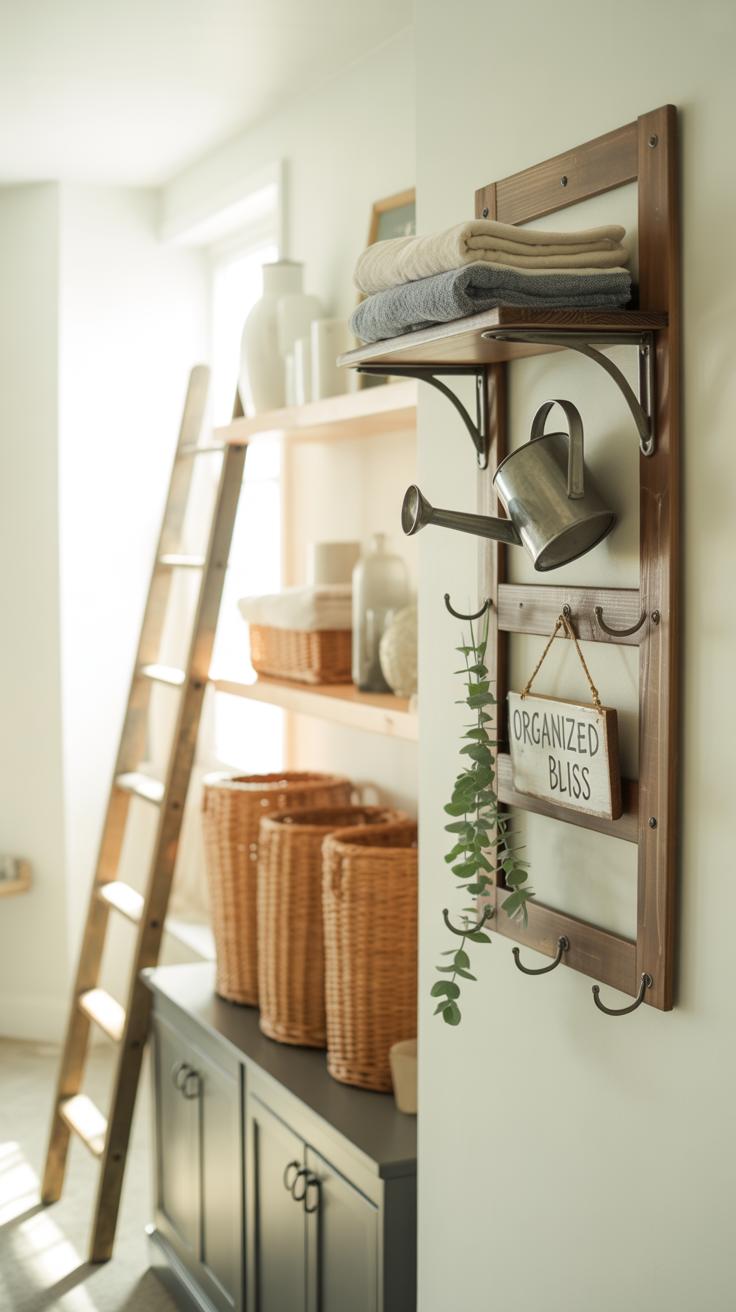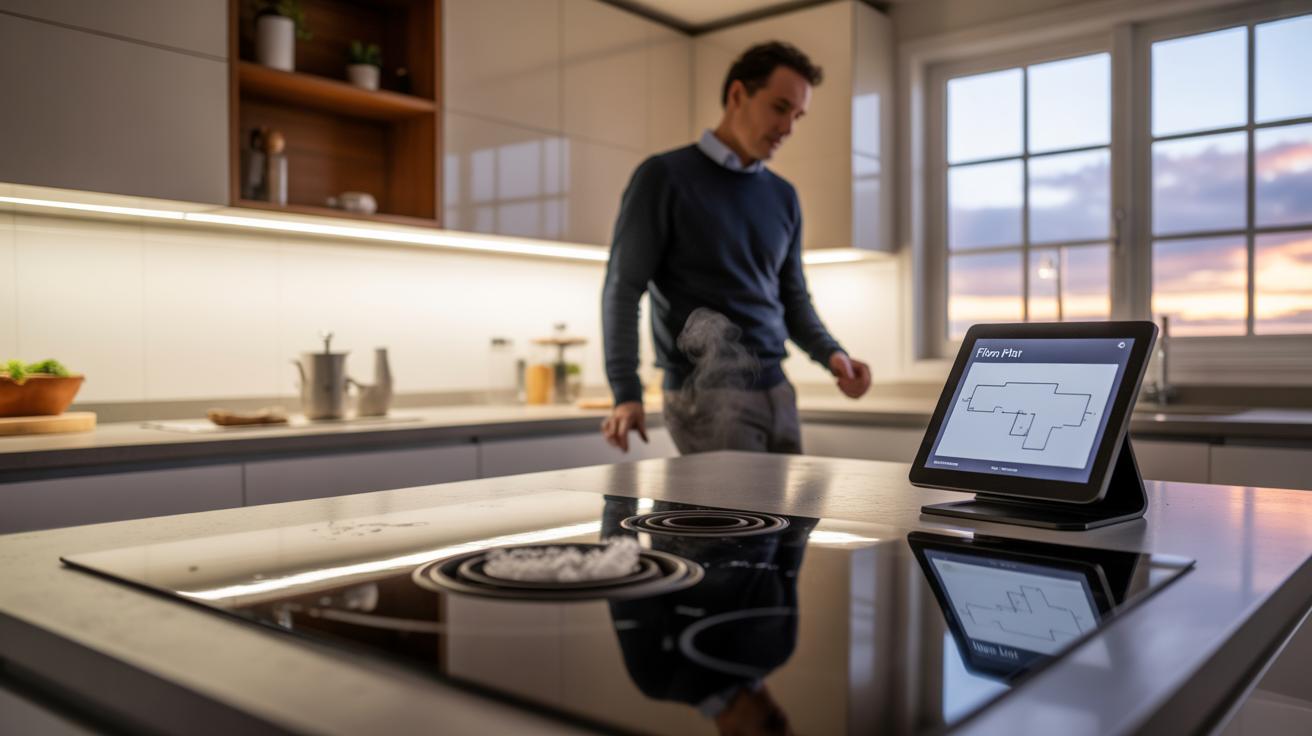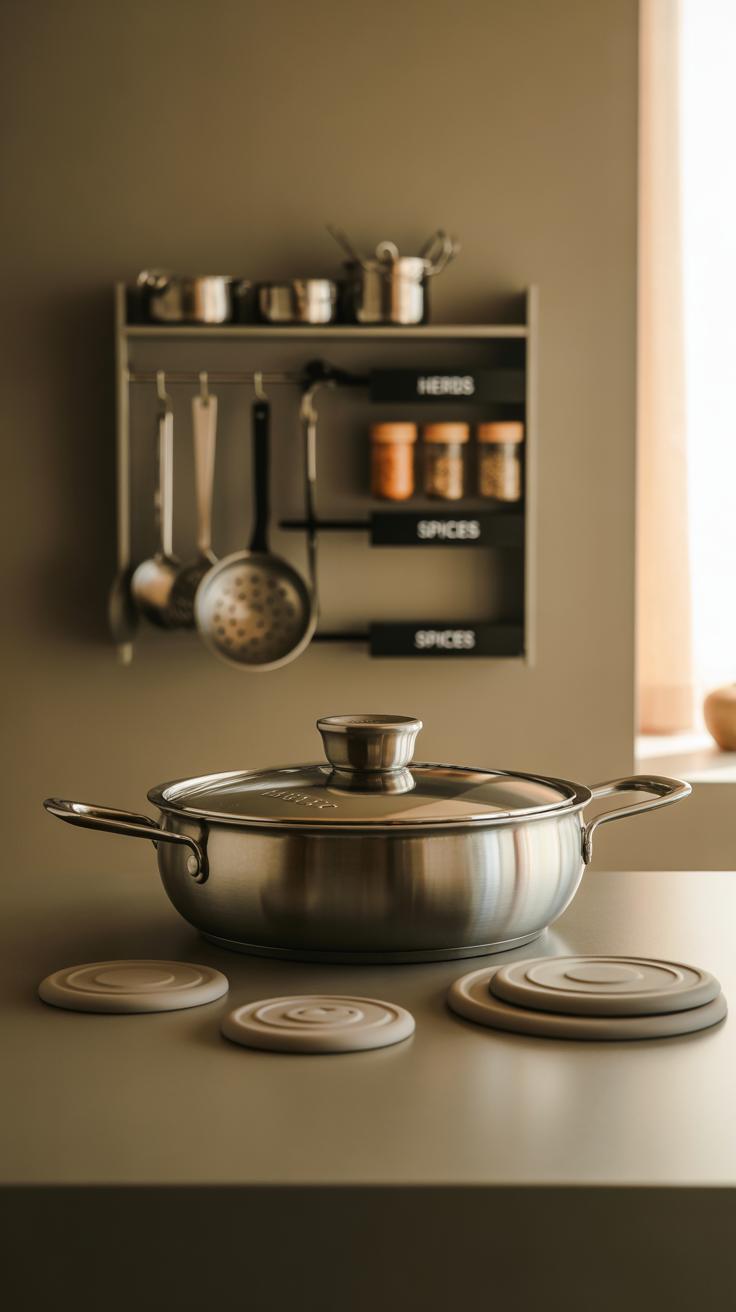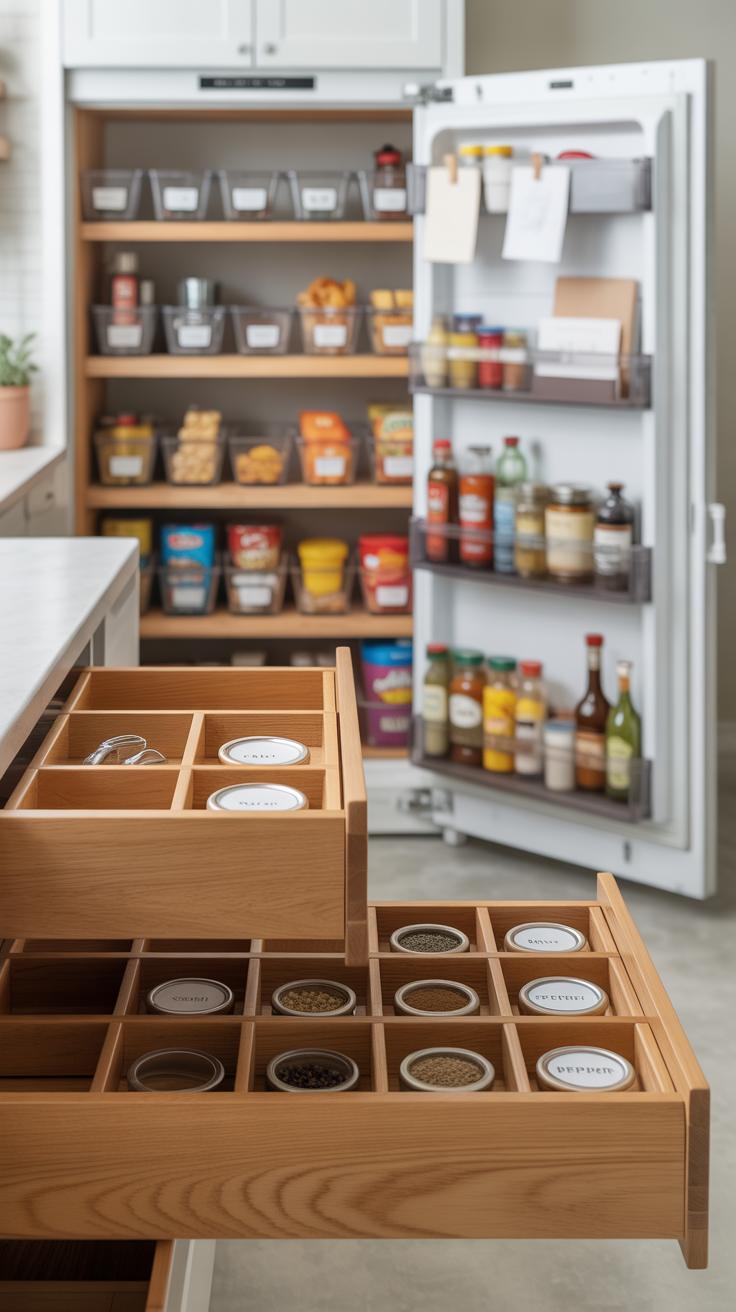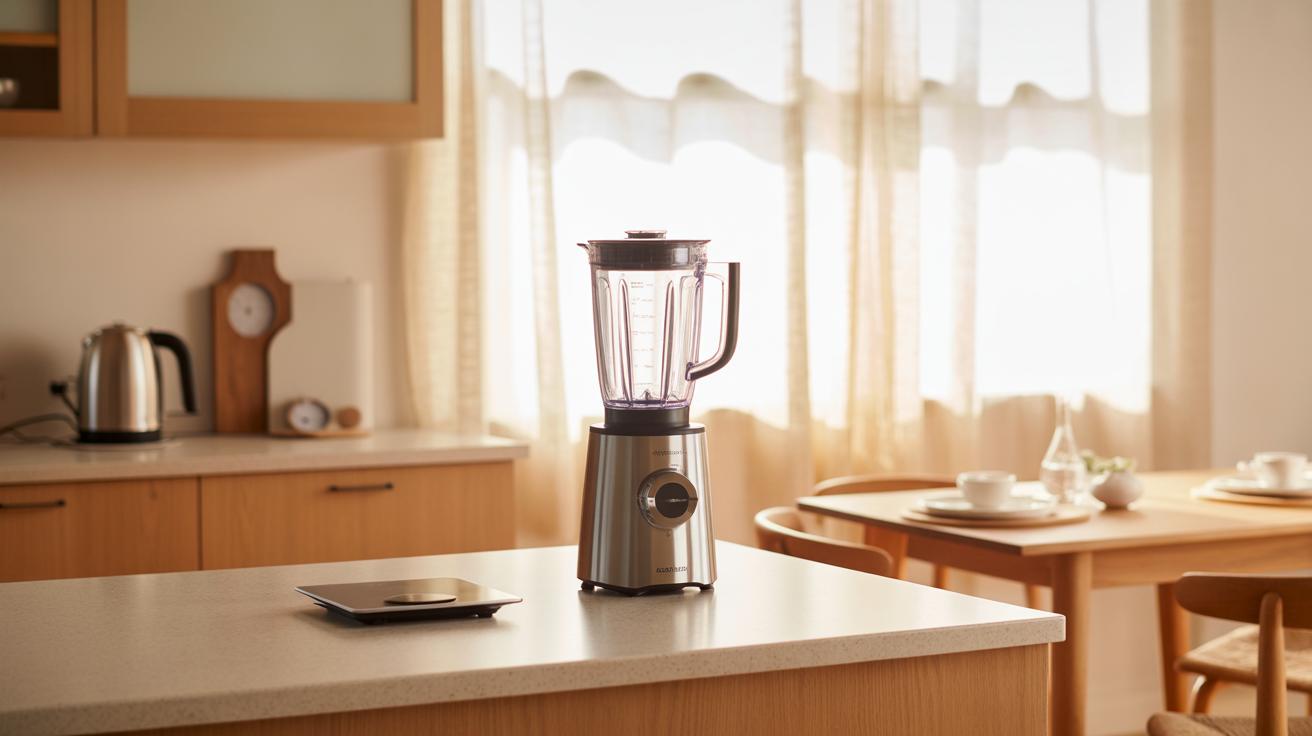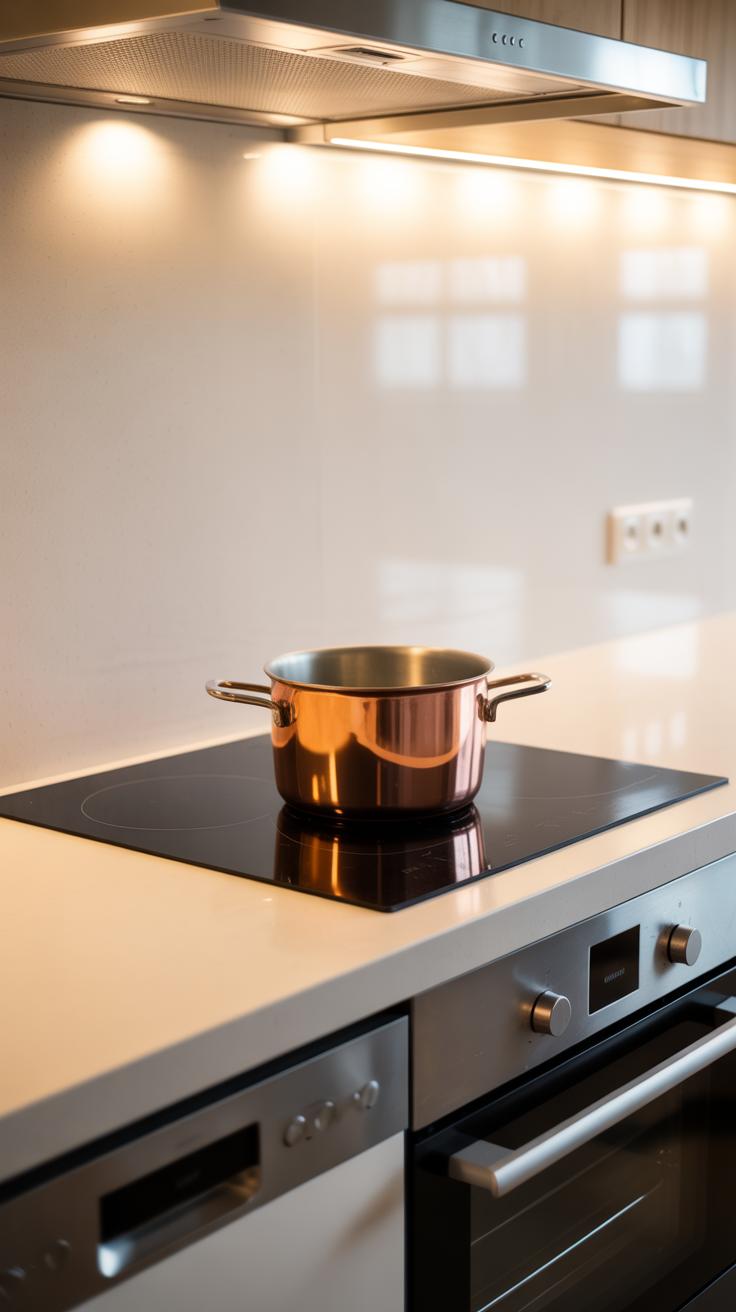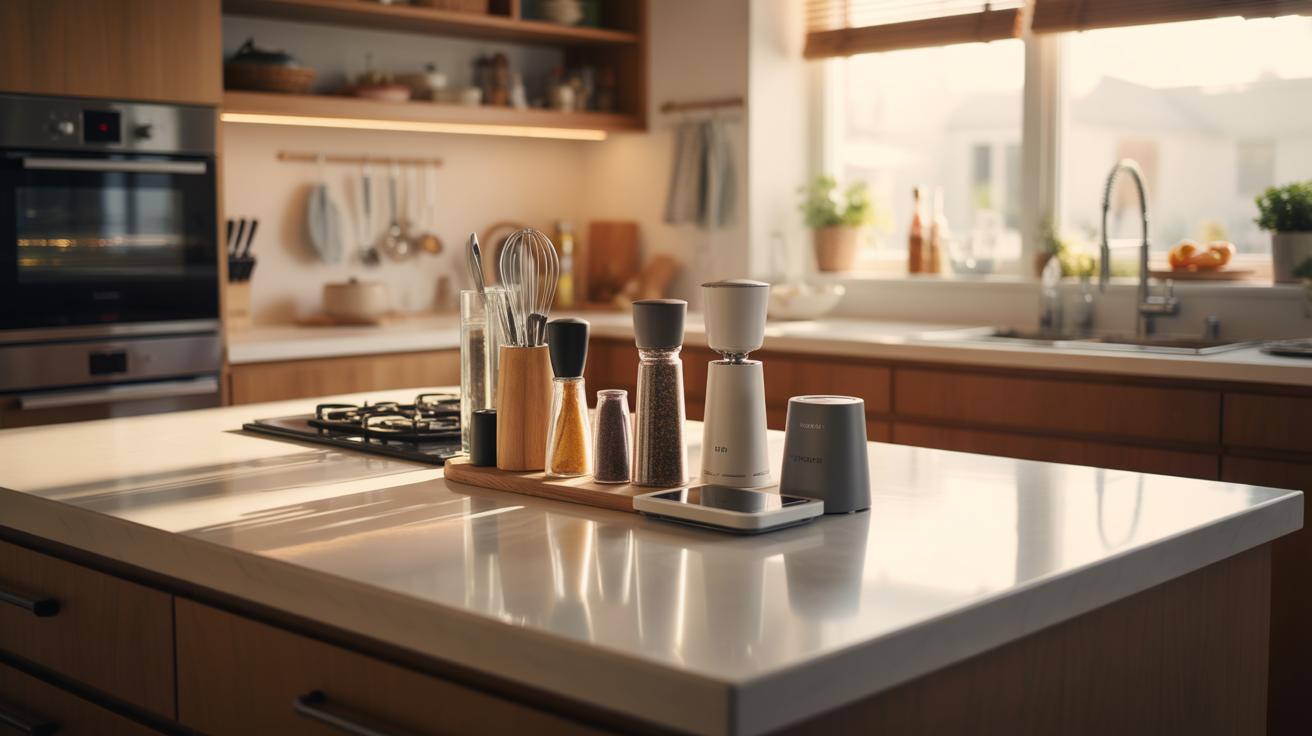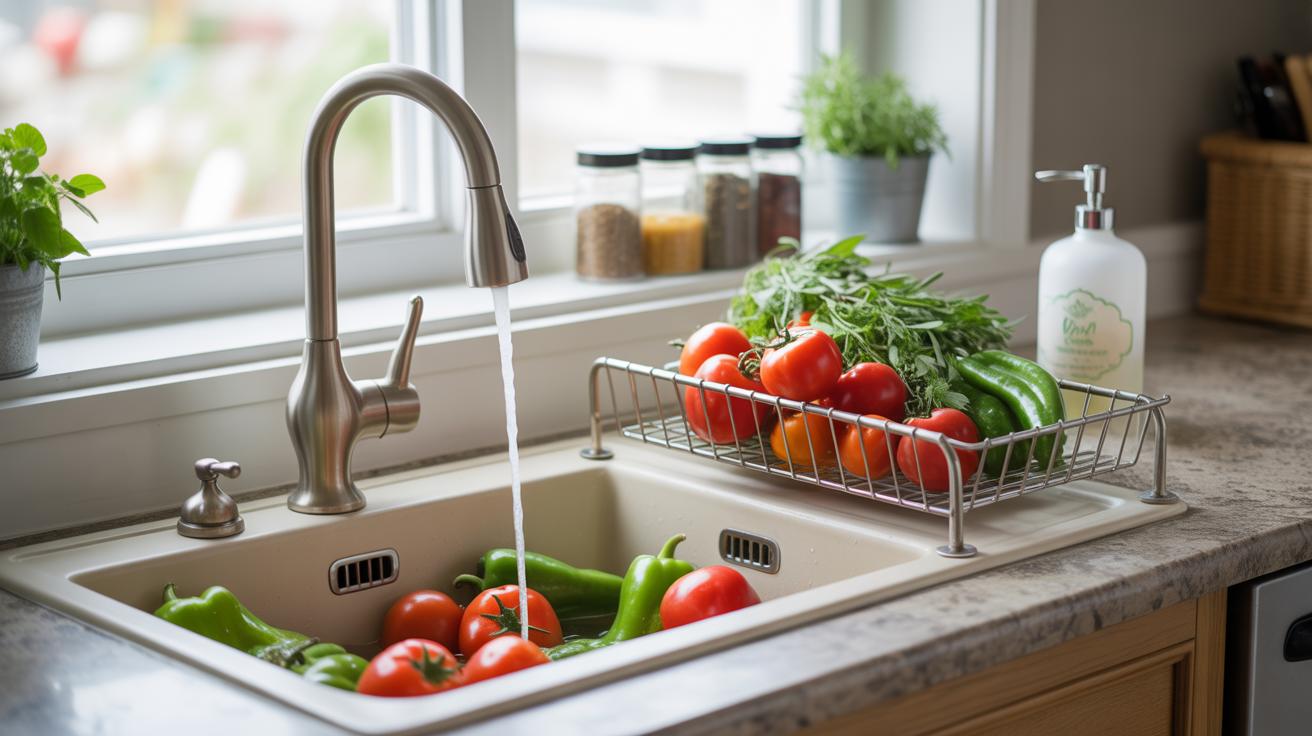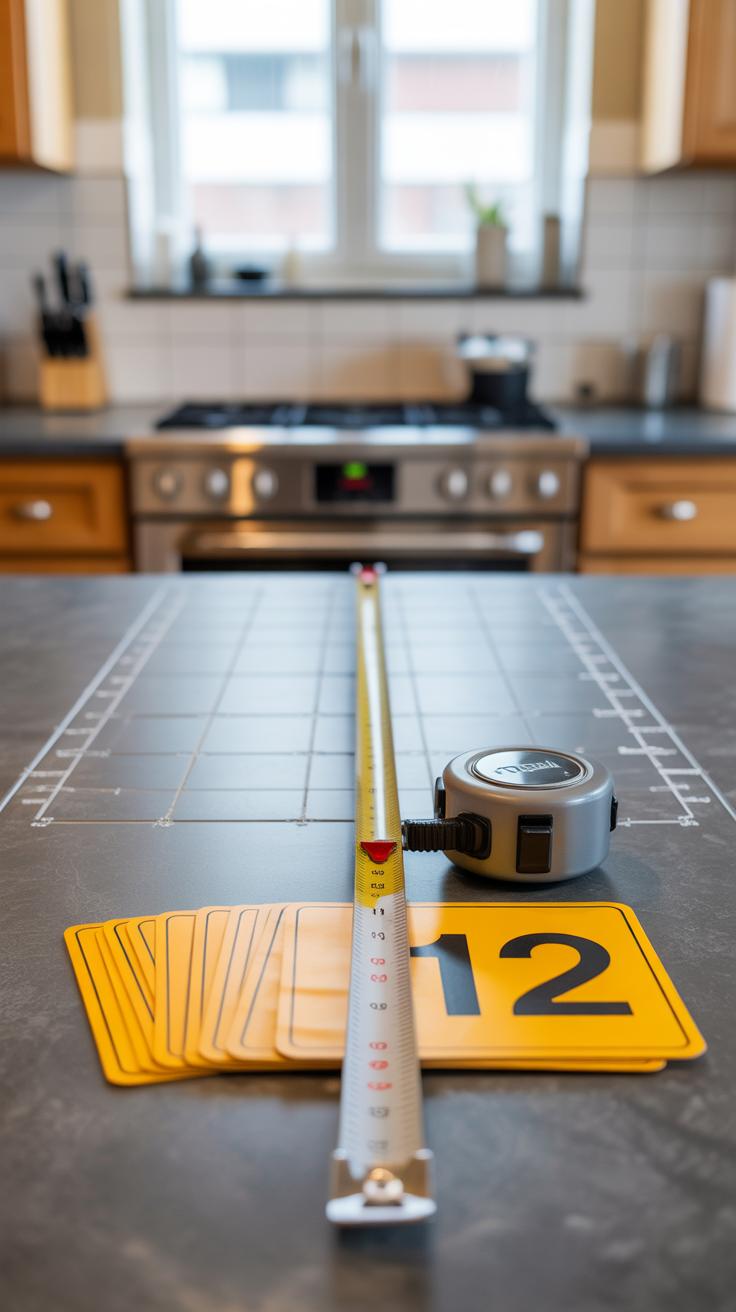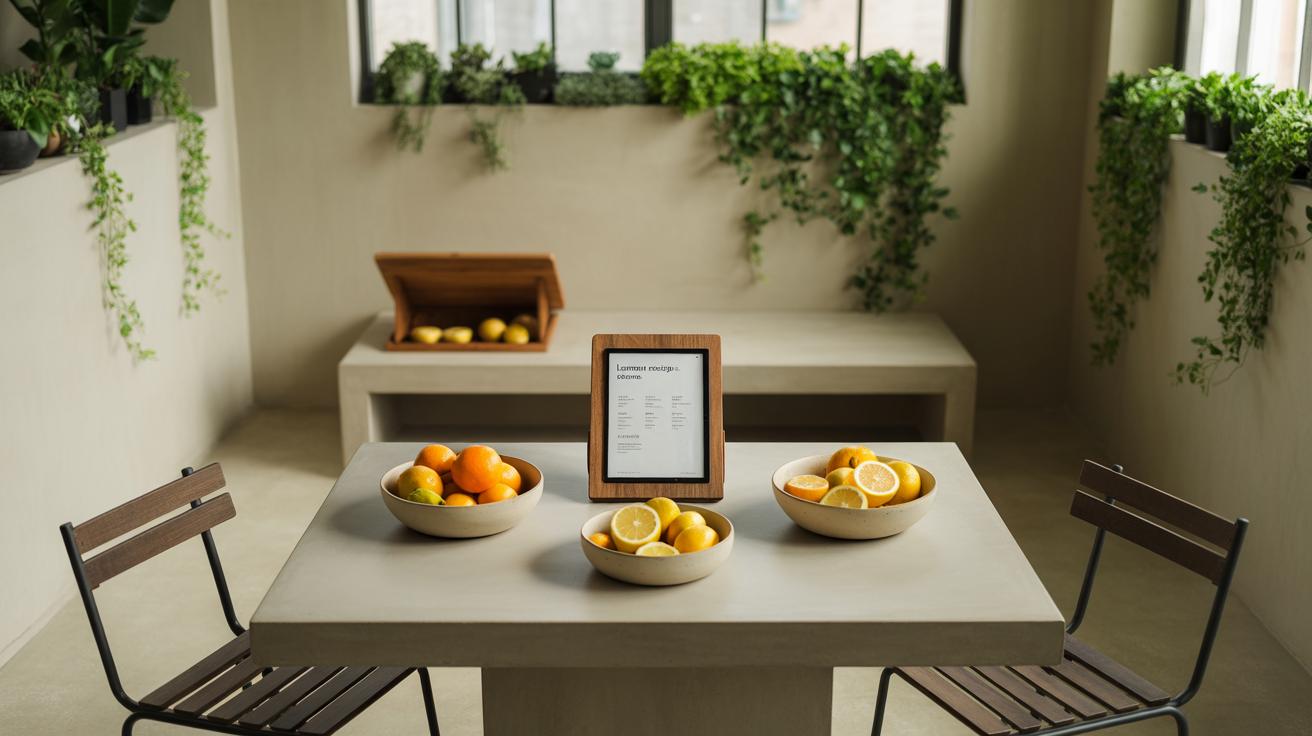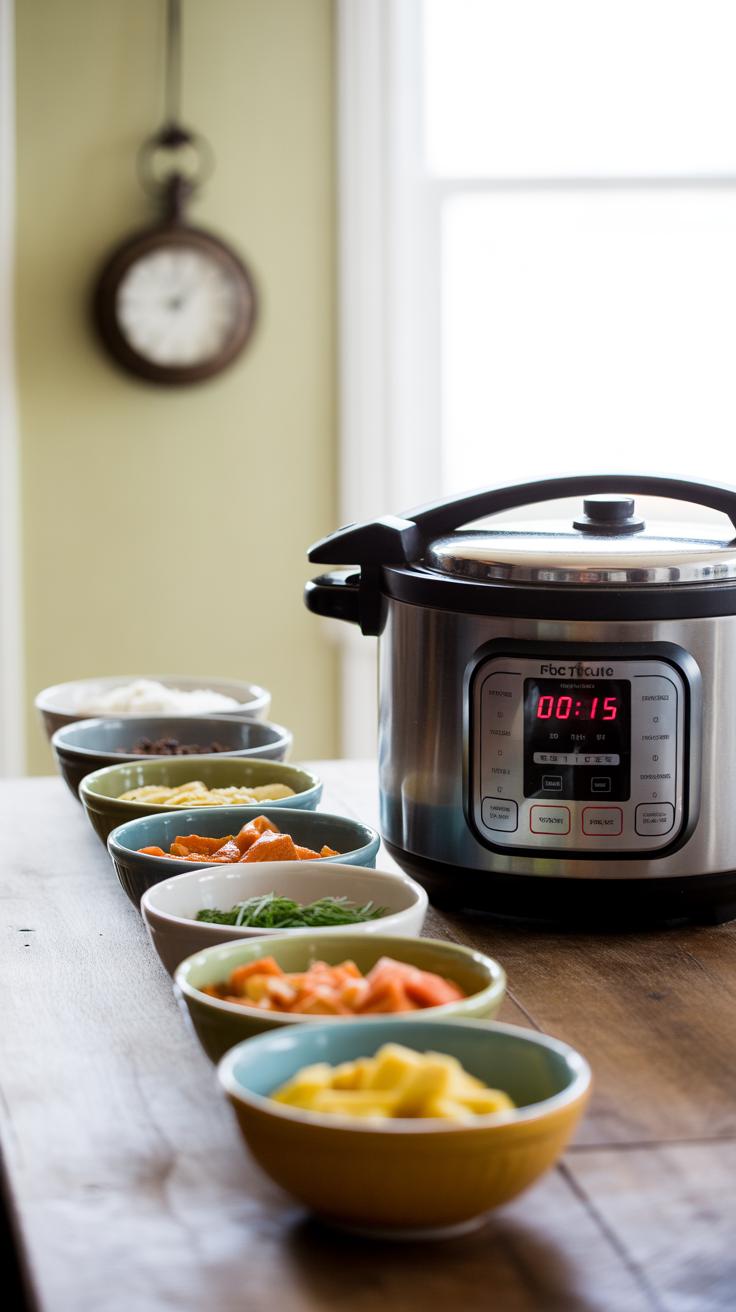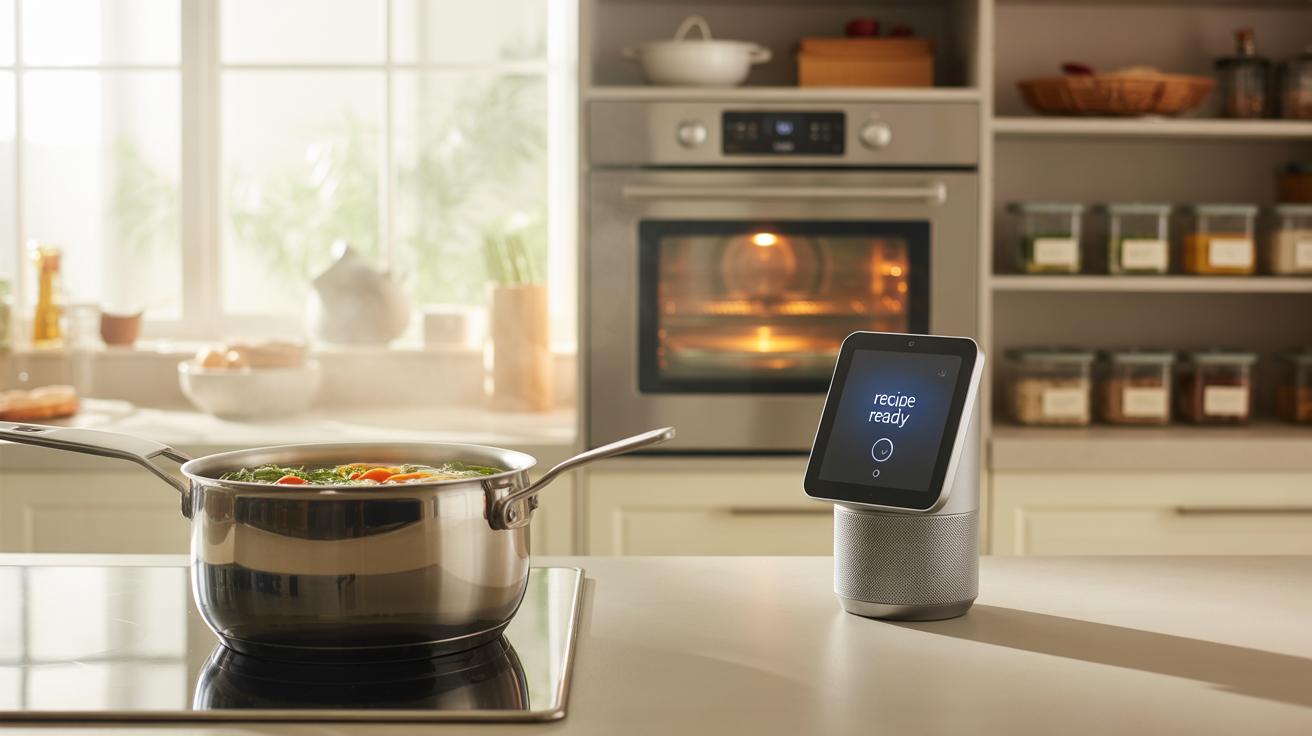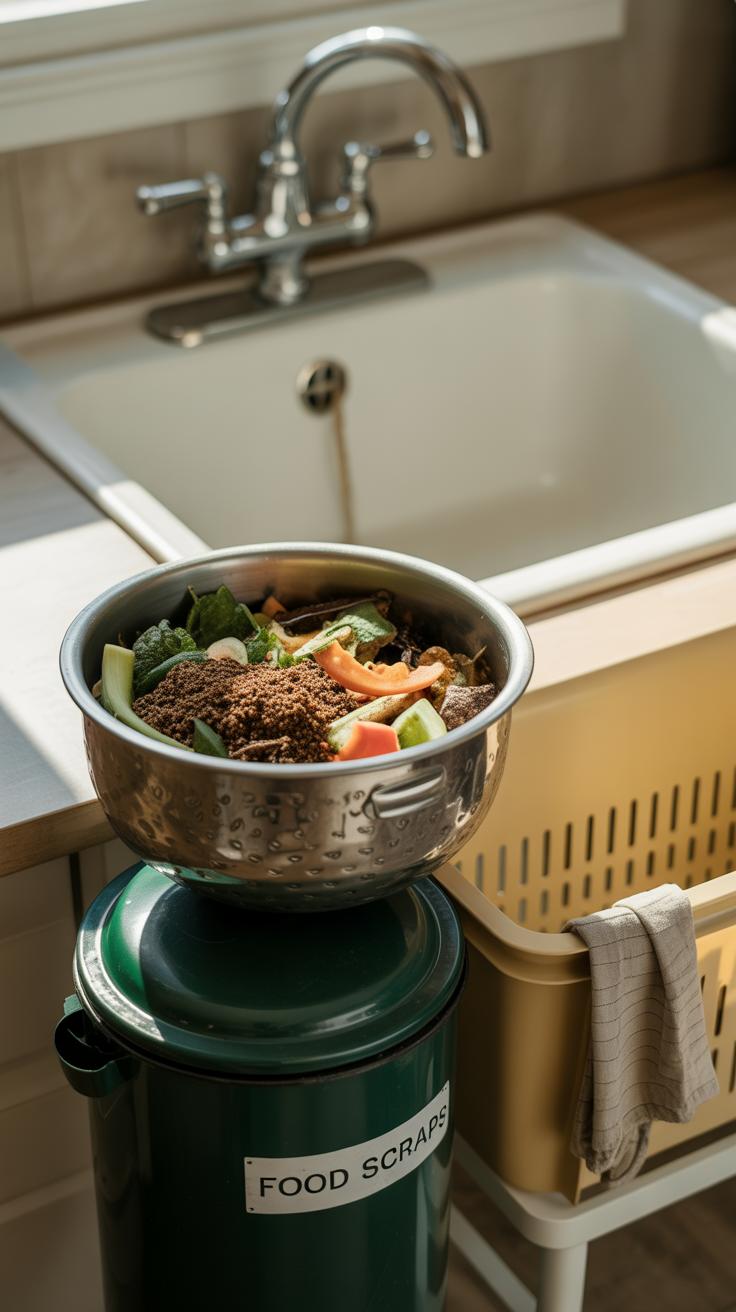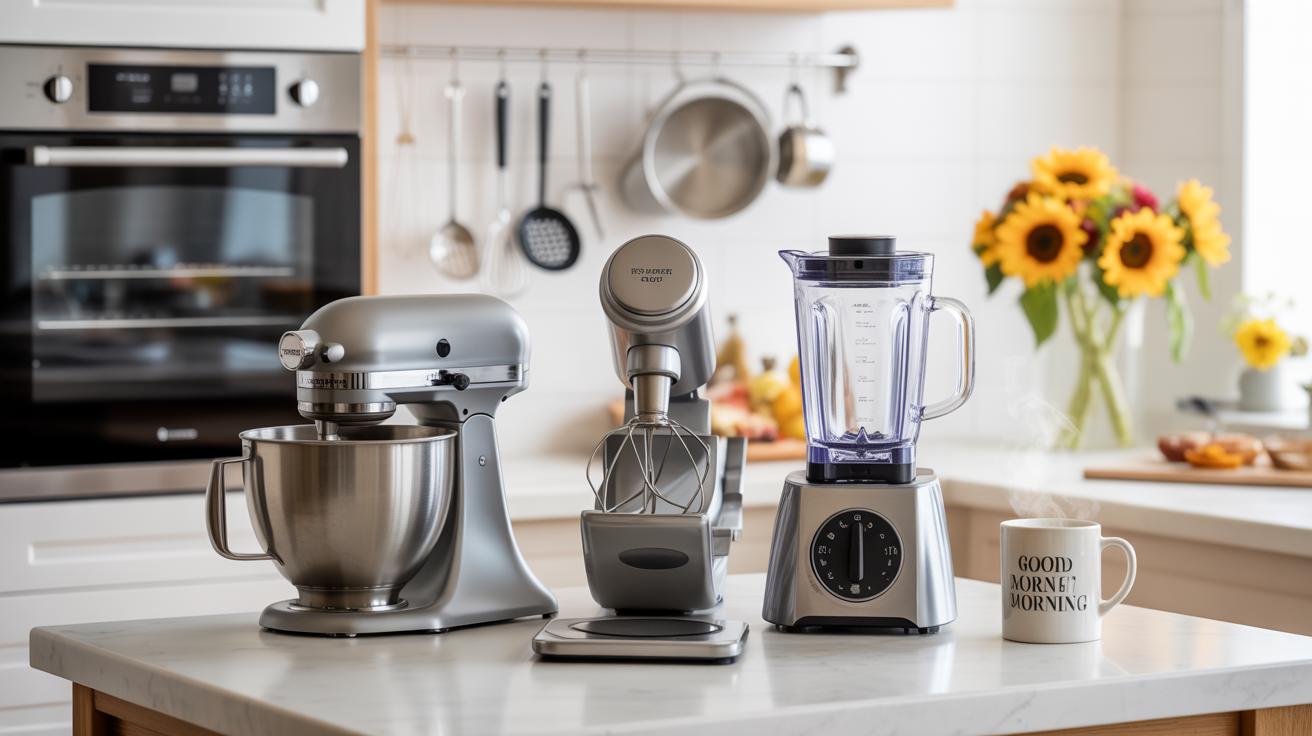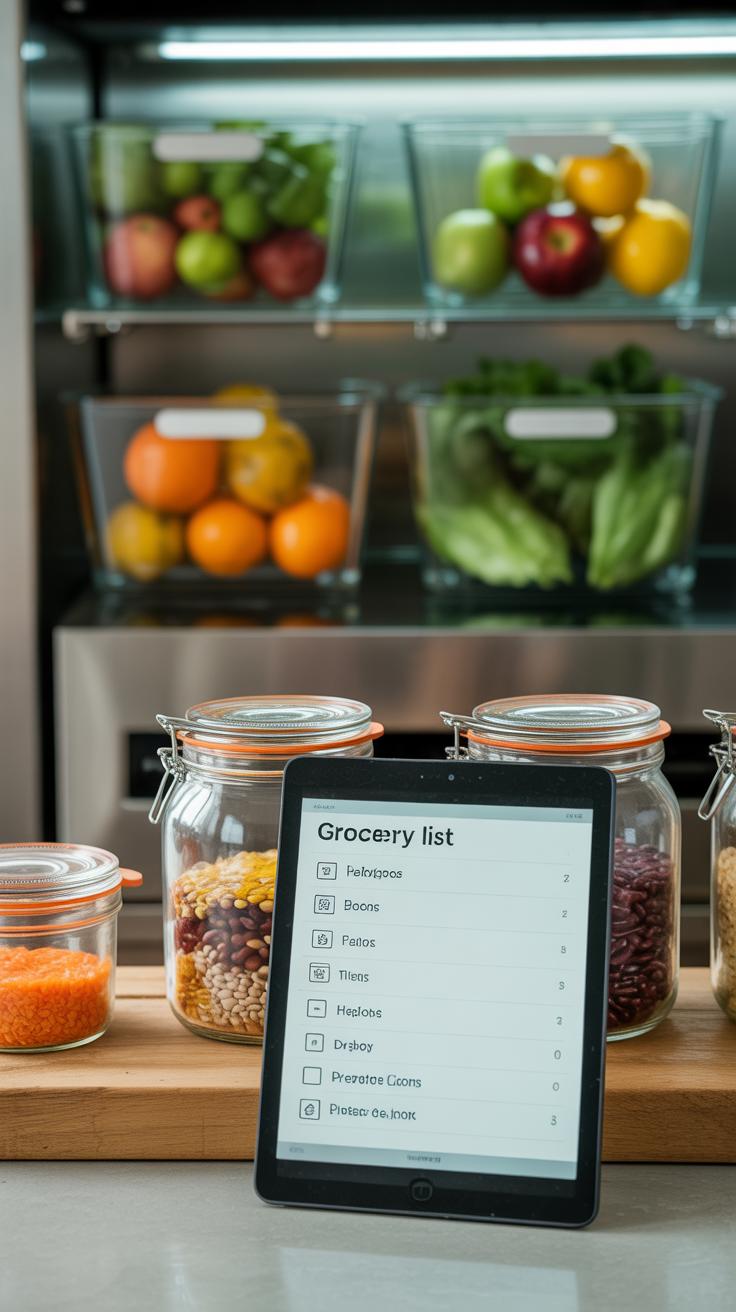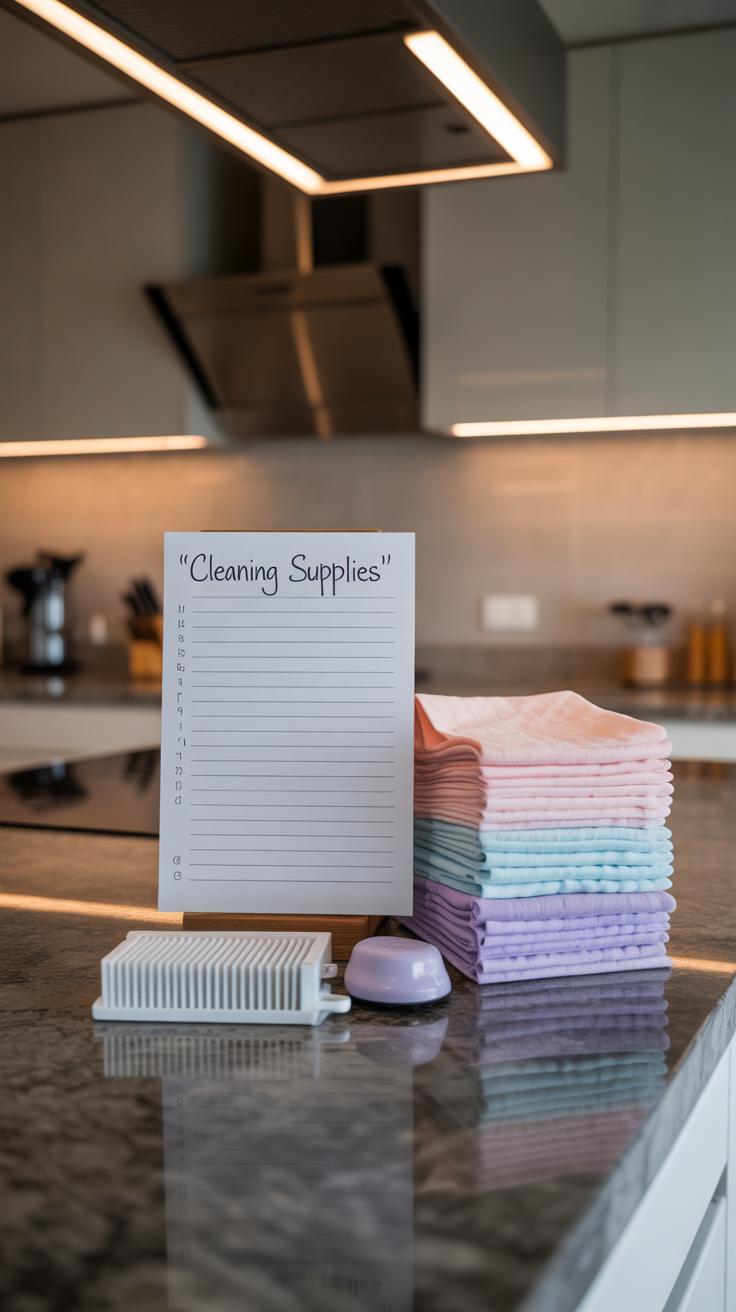Introduction
Smart kitchen ideas are great for making the most of the space you have and cooking faster. Many people wish their kitchens were both neat and quick to work in. This article explores practical tips you can use to save space and speed up your tasks in the kitchen.
In the following chapters, you will discover ways to organize your kitchen smartly and choose tools and methods that help you cook and clean faster. Using these ideas will help you enjoy your kitchen more and make cooking less stressful.
Organize Your Kitchen for More Space
Sometimes, simply clearing out what you don’t use can open up unexpected room. Many kitchens brim with gadgets or utensils that rarely see the light of day. Getting rid of those — or storing them elsewhere — instantly creates breathing space. It might feel slightly annoying at first to part with things you thought you’d need one day, but honestly, most of those items just crowd your counters and drawers.
After sorting through what stays, group things by how you actually use them. Keep baking tools near each other, cooking utensils in a single drawer, and spices clustered together. This simple habit means you won’t waste time searching for tools, and your space won’t needlessly scatter items all over.
Clear storage containers deserve some attention too. Unlike opaque boxes where you have to guess what’s inside, clear containers reveal their contents at a glance. They stack neatly and limit wasted space, which is ideal for dry goods or snacks.
Try labeling containers as well — it helps sometimes when things look similar. I found that even small tweaks like these make my kitchen feel less cluttered and more manageable. Do you find that clear containers make you rethink what you actually have in stock? It’s interesting how seeing everything can stop you from buying duplicates.
Use Vertical Space Wisely
When your kitchen feels cramped, looking up can be a surprisingly simple fix. Walls, shelves, and hooks give you more room without needing to buy bigger cabinets or clear out drawers. You might hesitate to hang things, thinking it will clutter the space, but it often does the opposite—opens it up.
Hang Pots and Pans
Hanging cookware frees up cabinet space that usually gets swallowed by bulky pots. If you’ve ever fumbled through a crowded cupboard, you know how frustrating that can be. A sturdy rack or ceiling-mounted hooks keep your pans easy to reach and visible, so you don’t waste time searching. Plus, seeing your pots right there might actually remind you to cook more often. It’s not for everyone, though—some worry about dust or grease, but a quick wipe-down after cooking usually takes care of that.
Add Shelves for Extra Storage
Installing shelves on unused wall space helps hold all those small jars and spice containers that clutter your counters. A few well-placed shelves can give each item its spot, which somehow makes cooking less chaotic. Think about open shelves or even narrow ledges for jars, mugs, or cookbooks. This method might look a bit informal or messy if you’re not careful, but with some thought, it keeps essentials in sight and within reach.
Have you tried using a magnetic strip for knives or metal tools? That’s another way to go vertical without making your kitchen feel packed. Using walls isn’t just about extra storage—it’s about shifting how you see the whole kitchen space. It might take some trial and error, but it often pays off in quicker mornings and less clutter.
Choose Multipurpose Kitchen Tools
When space is tight, every item in your kitchen should earn its keep. Tools that serve more than one function not only save room but can also speed up your cooking process. For example, a food processor can handle chopping, slicing, and even dough kneading if it comes with the right attachments. That means one device replaces several, which is handy if you’re not keen on clutter.
Cookware that adapts to different cooking styles is especially useful. Think of a deep skillet that works for frying but also has a lid suitable for steaming or simmering. Or a Dutch oven that moves easily from stovetop to oven, allowing you to braise, bake, and boil without changing pots. These pieces cut down the need for multiple specialized pans.
Mixers can be a bit bulky, but one with interchangeable attachments might just be the solution. Instead of juggling a hand mixer, a blender, and a dough hook, you can have one motorized base that handles all three. It’s surprising how much space this frees up and how much smoother meal prep becomes. Have you ever thought about how much time’s lost switching between gadgets?
Smart Storage Solutions
Pull-out drawers make a real difference in kitchen organization, especially if your cabinets run deep. Instead of crouching and digging around the back for pots or canned goods, you simply slide the drawer out to see everything at once. I think this cuts down the “kitchen mess” feeling significantly. They work well for lower cabinets where heavy or bulky items like pans and small appliances often hide.
On the other hand, lazy Susans serve best in corner cabinets or pantry shelves. They rotate, bringing hard-to-reach items right to your fingertips. I have one, and it’s surprising how smoother meal prep feels when you stop stretching awkwardly for spices or jars.
Stackable containers help save space both in your fridge and on your shelves. Using containers of the same size or design lets you pile things neatly without creating clutter. You might find it helpful in meal prepping or organizing snacks. Clear containers also ease the frustration of “what’s inside?” moments. But remember, it only works if you actually stack and don’t just cram them randomly.
Where you place these storage helpers matters as much as choosing them. Pull-out drawers can hold heavier and frequently used items at waist or knee height. Lazy Susans belong in tight corners that often become black holes. Stackable containers do best when grouped by use or food type — like breakfast staples on one shelf, leftovers on another.
Maybe try mixing a few of these ideas and see what sticks. Sometimes, just rearranging what you have with a few tweaks can make your kitchen feel bigger and get things done quicker.
Incorporate Smart Appliances
Your kitchen can feel a lot less cluttered when you choose appliances that serve more than one purpose. Compact ovens paired with microwaves are great examples. They combine two essential functions in one unit, which means you save precious counter space without losing capability. I’ve seen kitchens where this combo replaces the usual bulky microwave and separate toaster oven, creating room for other tools or just clearing the visual mess.
Think about how this affects your cooking speed, too. These combos often have preset modes that let you switch between baking and microwaving quickly. You don’t have to fuss around with multiple gadgets, which cuts down the time spent cooking or reheating.
Compact Oven and Microwave Combos
Here’s what makes these combos handy:
- They free up counter space by replacing two devices with one.
- Some models offer convection baking and grilling plus microwave functions, covering a lot of meal prep needs.
- With digital controls and smart presets, you get consistent results much faster—no guesswork.
- They usually have a smaller footprint, perfect if your kitchen isn’t spacious or you want a cleaner look.
Still, some might worry about sacrificing capacity or features. In my experience, newer models don’t skimp much on space or options, but it’s worth trying before committing.
Smart Kitchen Gadgets That Save Time
Beyond ovens, kitchen gadgets are getting smarter too. Take smart coffee makers. They can be programmed to brew your morning cup at the exact time you want. You save the hassle of waiting or waking up early. Surprisingly, they don’t take up much more space than regular machines, yet add real convenience.
Smart timers and assistants also change how you manage cooking steps. Setting reminders or automatic shutoff prevents overcooking or burning, and you can control them remotely in some cases.
Think about what fits your habits. Maybe a voice-controlled slow cooker or a smart scale could speed things up without crowding your counters. It’s about choosing which tech fits naturally with your daily routine rather than piling on gadgets for the sake of it.
Plan Your Kitchen Layout
The layout of your kitchen can make a surprising difference in how fast and smoothly you move while cooking. I remember once rearranging my counters and instantly felt less cramped — the space just seemed to flow better, even though nothing was bigger. The idea behind this is to reduce unnecessary steps and keep everything you need within easy reach.
One key concept to keep in mind is the work triangle. It connects your sink, stove, and refrigerator — the main areas where most kitchen activity happens. If these three points are too far apart, you end up wasting time walking back and forth. But pack them too tightly, and you might feel boxed in. Finding a balance matters, though the exact shape depends on your kitchen’s shape.
Think about storing your most-used utensils, spices, and pans near your cooking surface. It’s tempting to fill every cabinet, but often-accessed items benefit from being just an arm’s length away. For example, keeping knives and cutting boards right beside the stove can save you small but frequent trips. Do you really want to pause mid-chop to grab salt from the far end?
- Keep sink, stove, and fridge spaced to minimize walking but avoid crowding.
- Store daily essentials—spices, oils, knives—close to the stove or prep areas.
- Arrange drawers and cabinets so your hands naturally fall on what you need next.
Even if your kitchen isn’t large, paying attention to this can speed up your cooking and maybe even make it a bit more enjoyable. Sometimes it’s the little shifts that change how we move through a space—have you thought about whether your kitchen really supports how you cook, or if it makes you stop and think too much?
Use TimeSaving Cooking Techniques
Batch Cooking for Busy Days
Batch cooking is like a hidden trick I wish I’d learned earlier. When you prepare multiple portions at once, you basically cut down the daily scramble. Imagine spending an hour once a week to cook meals that last several days—no frantic chopping or last-minute searches for ingredients every evening.
This does mean planning ahead, though. You might spend a Sunday roasting a big tray of vegetables or simmering a pot of chili, then portion it out for the week. It’s not for everyone—sometimes the thought of eating leftovers feels dull, I get that—but things like soups, stews, or rice-based dishes handle reheating well enough.
Batch cooking lets you free up time for other things, like just sitting down or spending moments with family. It also helps avoid impulse takeout runs when you’re too tired to cook. Have you tried making big batches of freezer-friendly meals? Even if you haven’t, it might be worth a shot for those chaotic evenings.
Pressure Cooking to Speed Up Meals
Pressure cookers feel almost like magic when you use one. They cook food in a fraction of the time it usually takes—beans, tougher cuts of meat, and hearty grains can be ready in less than half the time compared to regular methods.
What’s interesting is how it works: sealing in steam raises the boiling point of water, which speeds up cooking. It’s not just fast but can also preserve flavors better because the food steams in its own juices. Though, I have to admit, sometimes it feels a bit intimidating at first, with all the pressure and seals, but modern electric models make that easier.
Pressure cooking fits well if you’re juggling a busy schedule yet want home-cooked meals. It’s worth exploring even if you feel more comfortable with slow cooks or stovetop pots; trying it once might just change how you approach certain dishes. Ever wondered if your dinner could be ready while you’re still finishing a quick shower?
Organize Your Kitchen to Speed Up Cleanup
Cleaning up after cooking can sometimes feel like a chore that drags on forever—unless your kitchen is set up to make it easier and quicker. One of the simplest ways to speed things up is by keeping your cleaning supplies within arm’s reach. Imagine having a small caddy or a designated drawer near your prep area stocked with dish soap, sponges, and cloths. You won’t have to stop what you’re doing and wander around looking for a towel or scrubber. It’s a small change but it can make a noticeable difference.
The type of surfaces in your kitchen also shapes how fast you can wipe up spills and crumbs. Glossy granite or quartz counters tend to wipe down easier than textured or porous ones, but even laminate can be manageable if you stick to quick-clean practices. Some people swear by using simple cutting boards and mats that can be tossed directly into the dishwasher instead of scrubbing the counter itself. It might sound like extra work, but it often saves more time in the long run.
Arranging your kitchen so that tools and cleaning supplies are close to where messes happen isn’t just convenient; it gently encourages tidying as you go. If you find yourself hesitating to clean because the supplies are all the way across the room, try moving them nearer. You might find cleaning up becomes less of a final drain and more a natural part of your cooking flow—though, honestly, no system will stop the occasional pile-up.
Create a Smart Grocery Shopping System
Make an Easy Grocery List
Keeping an updated grocery list might sound simple, but it really changes how you shop. When you jot down what you need as you run out or think of it, you avoid wandering aisles aimlessly later. This saves you time—less backtracking, fewer impulse buys that crowd your kitchen. I’ve noticed that without a list, I tend to grab extras I don’t need because everything looks tempting in the moment.
You can keep your list on paper or use an app—whatever feels less like work. The key is to update it often, maybe right after mealtime or when you notice staples running low. This way, your list is ready when it’s time to shop. It means you won’t have to keep “guessing” what’s missing every time you open the fridge.
Plan Meals Before Shopping
Planning meals before you head to the store helps a lot more than just saving time. It means you buy only what you intend to use, which cuts down on food waste. I’ve tried shopping without a plan before, and it always ends with extra perishable items going bad. When you have meals mapped out, those trips to the store slow down—no last-minute dashes because you suddenly realize you’re out of something critical.
You don’t have to plan every single meal in full detail. Even a rough sketch of breakfasts, lunches, and dinners for a few days works. This approach also opens up space in your kitchen, since you’re not hoarding random ingredients. Thinking about meals in advance keeps your shopping focused, and your kitchen far less cluttered. Have you tried going grocery shopping without a meal plan? How did that work out for you?
Maintain Your Smart Kitchen Regularly
Keeping your kitchen organized and running fast doesn’t stop once you’ve set up smart solutions. Regular maintenance plays a big role in how smoothly everything works day after day. Without some routine care, even the smartest gadgets and systems can slow down or become more of a hassle than a help.
Set a Cleaning Schedule
Cleaning your kitchen on a regular schedule keeps things tidy and ready to use at a moment’s notice. Consider breaking down tasks into daily, weekly, and monthly chores—for instance:
- Wipe down surfaces and clean spills daily to avoid buildup.
- Declutter and organize pantry shelves weekly to spot expired items and stay on track.
- Deep clean appliances like ovens or refrigerators monthly to maintain hygiene and performance.
It’s tempting to delay these tasks, but having a fixed routine can save you from last-minute chaos, especially when busy days pile up. Plus, a clean kitchen naturally invites quicker cooking and less stress.
Check and Maintain Appliances
Smart appliances often have diagnostics or alerts, but don’t rely entirely on those. Physical checks can catch small problems before they grow. For example, check seals on your fridge, clean filters in your dishwasher or vent hoods, and ensure movable parts don’t get stuck. Sometimes, a quick calibration or updating device software helps appliances perform better and faster.
Neglecting appliance care can shorten their lifespan or waste energy—an ironic twist for a setup meant to save time. Checking your tools every few weeks might feel like extra work, but it’s often the difference between a smooth cooking routine and unexpected breakdowns. Have you noticed your coffee machine acting sluggish? Maybe it’s time for some maintenance rather than a replacement.
Conclusions
Using smart kitchen ideas for saving space and increasing speed changes how you enjoy cooking. When you organize well and pick the right tools, you free up room and get more done in less time. Thinking about your kitchen setup can make a big difference in your daily routine.
Try the ideas shared here to create a kitchen that works for you. Small changes add up to big benefits, making your kitchen a better place to prepare meals and spend time with family.

